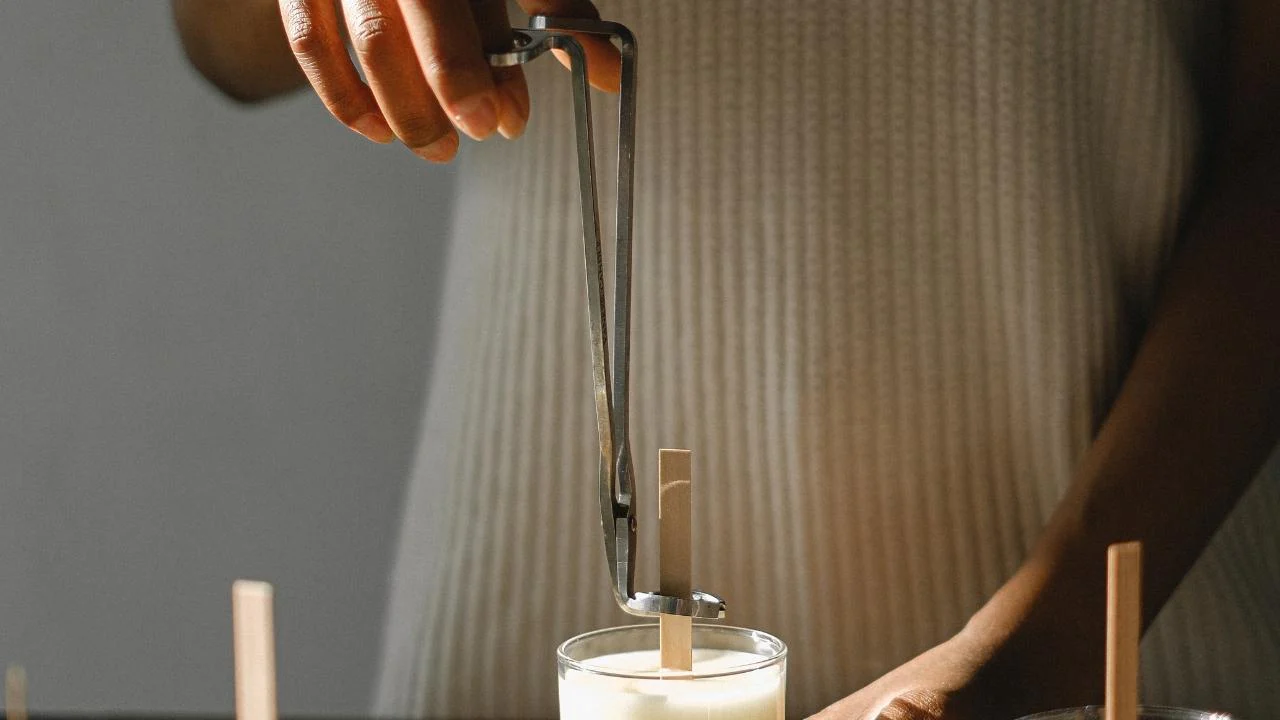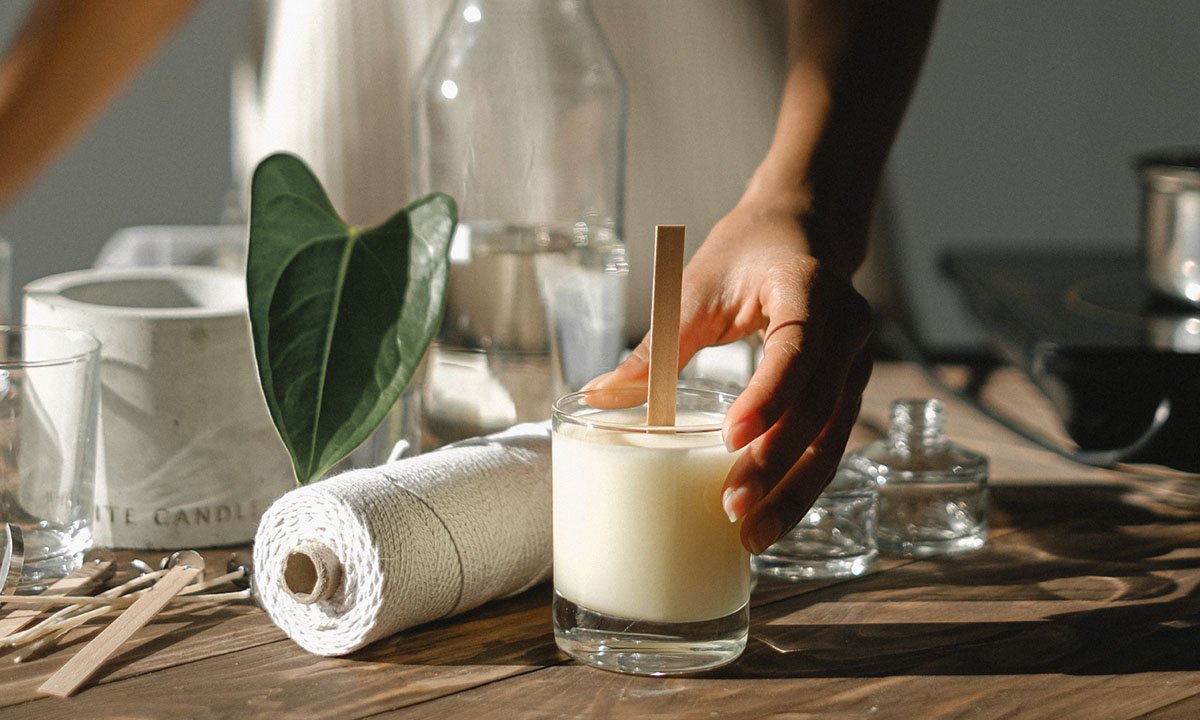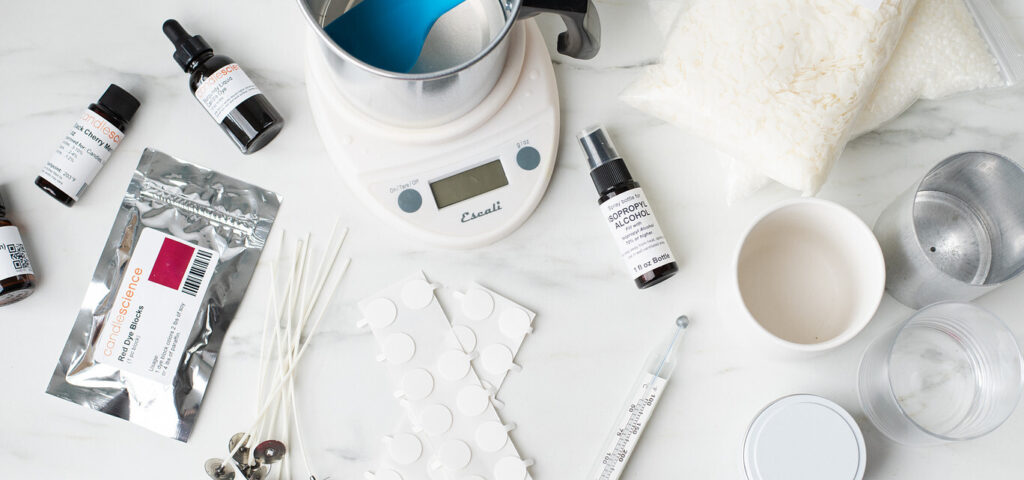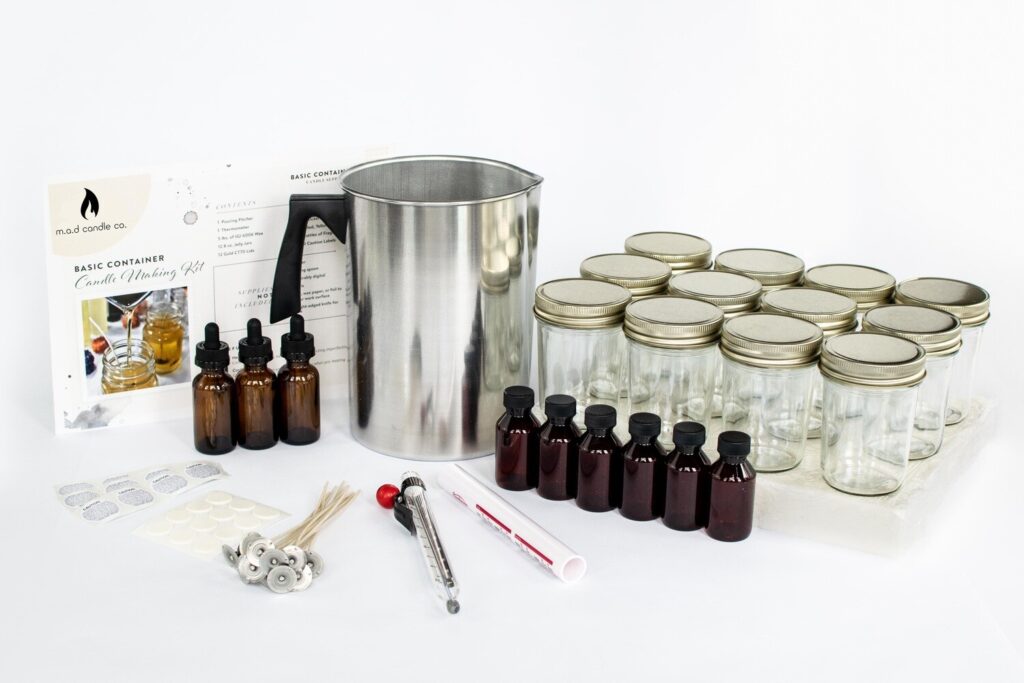Candle making is an art, and one of the most crucial components in crafting the perfect candle is selecting the right wick. The wick affects how evenly your candle burns, how long it lasts, and even how strong the fragrance is. Whether you’re a beginner or an experienced candle maker, understanding the importance of choosing the right wick can dramatically enhance your candle’s quality. This guide will cover everything you need to know about choosing the right candle wick to create perfectly burning candles.
Why Choosing the Right Wick Matters
The wick acts as the candle’s engine, drawing wax into the flame to keep it burning. Selecting the wrong wick size or material can lead to a range of issues such as poor burn performance, uneven melting, or excessive smoke. Understanding the different types of wicks and their uses will ensure you get the best results. Click here to get about top 10 candle making supplies you need to start crafting beautiful candles.
Types of Candle Wicks
There are several types of candle wicks available, each suited to different kinds of wax, containers, and candles. Here’s an overview of the most common wick types:
Cotton Wicks:
Cotton wicks are the most commonly used and are versatile for a variety of candle types. These wicks work well with soy, paraffin, and beeswax candles. Cotton wicks are known for producing a steady, clean flame with minimal smoke.
Wood Candle Wicks:
A rising trend in candle making, Wood candle wicks create a beautiful crackling sound as they burn, similar to a fireplace. They work best with soy wax and other natural waxes. Wood wicks are perfect for creating an ambiance, but they require careful trimming to avoid overburning or mushrooming. You’ll want to ensure you get the right thickness and length for your container size.
Hemp Wicks:
These are an eco-friendly alternative that’s becoming popular in natural candles. Hemp wicks work well with beeswax and other natural waxes, providing a slow burn and minimal smoke.
Flat Braided Wicks:
Ideal for container candles, these wicks are flat, which helps them curl while burning, keeping the flame centered and steady. These wicks are often used in paraffin and soy wax candles.
Square Braided Wicks:
These wicks are often used in beeswax candles, as they burn slower and provide a consistent flame. They work well in votive or pillar candles.

Factors to Consider When Choosing a Wick
When selecting a wick for your candle, there are a few key factors to consider that will ensure your candle burns efficiently and cleanly.
1. Type of Wax
The type of wax you are using will significantly impact the wick you choose. Softer waxes like soy require thicker or wider wicks, while harder waxes like beeswax or paraffin may burn well with thinner wicks.
For example, wood candle wicks are ideal for soy candles as they have a steady, slower burn rate, and complement the natural look of the wax. However, if you’re using paraffin wax, a cotton wick may perform better as paraffin burns at a different temperature and consistency.
2. Candle Diameter
The diameter of your candle is crucial in determining the right wick size. The larger the candle’s diameter, the thicker or stronger the wick should be to ensure an even melt pool. If you choose a wick that’s too small for your candle’s diameter, it may lead to tunneling, where only the center of the candle burns, leaving wax on the sides.
For instance, if you’re making a wide candle in a glass container, a wood candle wick may work well because of its broader burn pattern. However, for smaller votive or tea lights, a thinner cotton wick would suffice.
3. Fragrance Load
Highly fragranced candles often require a wick that can handle the extra oils. Candles with a strong scent load need a wick that can produce enough heat to melt the wax evenly and release the fragrance effectively. Wood wicks are particularly good for heavily scented soy candles because they provide an intense heat that melts the wax more uniformly.
4. Burn Time
If you want a longer-lasting candle, the size and material of your wick will play a role in how long the candle burns. Thicker wicks, like square braided or wood wicks, tend to provide a slower, more consistent burn compared to thinner cotton wicks, which can burn faster.
Common Wick Sizing Mistakes
Choosing the right wick is critical for optimal performance, but it’s easy to make mistakes when you’re first starting out.
Wick too large:
If the wick is too large, it can cause excessive flickering, soot, and a very hot flame that leads to the wax melting too quickly. The candle can also “mushroom,” where excess carbon builds up at the tip of the wick, resulting in an uneven burn.
Wick too small:
If the wick is too small, it may result in tunneling, where only the center of the candle burns, leaving wax on the sides. This not only reduces the candle’s life but also wastes wax and fragrance.
Improper wick trimming:
Failing to trim your wick before lighting the candle can lead to a larger, uncontrolled flame, increasing the risk of soot and an uneven burn. Keeping the wick trimmed to about 1/4 inch helps the candle burn smoothly.
How to Test Your Wick
To ensure you’ve chosen the right wick, it’s a good idea to conduct a burn test. Here’s how you can do it:
Set up a test candle:
Make a small test candle in the container or mold you intend to use.
Burn time:
Light the candle and let it burn for about two to three hours to see how the wick performs. During this time, observe how the wax melts and whether the flame is steady.
Adjust if necessary:
If the candle tunnels or produces soot, you may need to try a different wick size or type. Keep experimenting until you achieve a consistent burn.
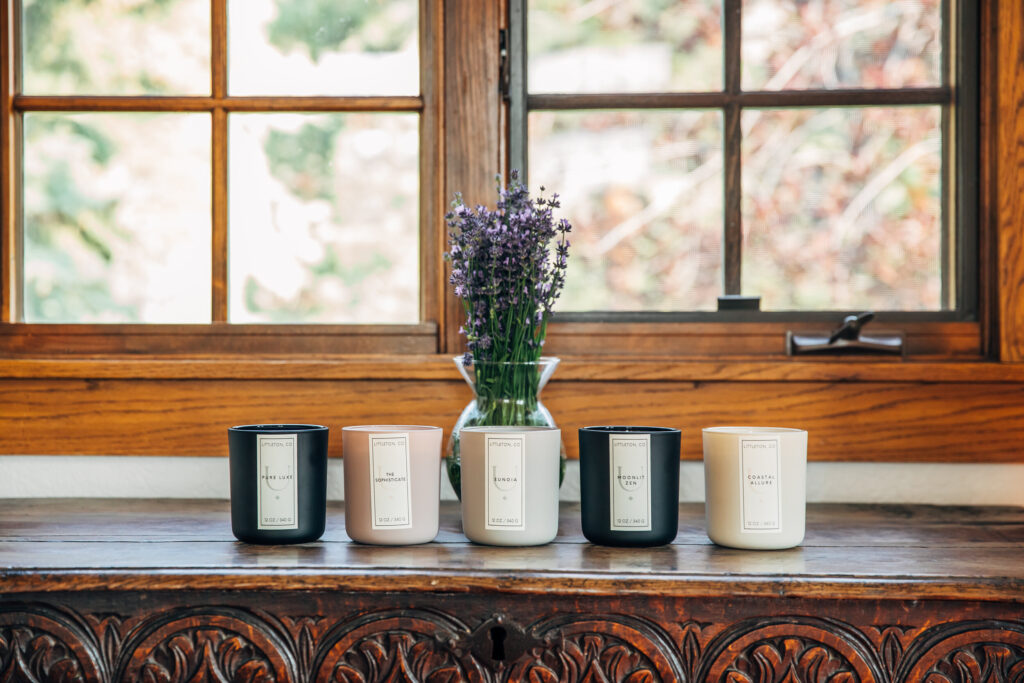
Choosing Wood Candle Wicks
Wood candle wicks have become increasingly popular, especially in luxury or natural candles. Not only do they provide an aesthetically pleasing look and crackling sound, but they are also sustainable. Wood wicks work exceptionally well with soy wax due to their wider burn pool, which helps release fragrance more evenly.
When using wood candle wicks, make sure to choose the correct width for your container. A wick that’s too narrow won’t burn the entire surface area of the candle, while one that’s too wide may create an overly large flame. Always perform a burn test with wood wicks to ensure they burn as desired.
Tips for Saving Money on Wicks
Candle making can be expensive, especially if you’re testing multiple wick sizes and types. Here are a few tips to save money when buying wicks:
Buy in Bulk:
Purchasing wicks in bulk is often more cost-effective, especially if you’re making candles frequently. Consider buying a variety pack of wicks to experiment with different sizes.
Repurpose Old Candles:
If you have an old candle that didn’t burn correctly, you can repurpose the wax and try again with a new wick.
Test with Small Batches:
When testing different wicks, make small test candles instead of larger ones. This saves both wax and fragrance oil during the trial-and-error phase.
Conclusion
Selecting the right candle wick is essential for crafting high-quality candles that burn evenly and last longer. Factors such as the type of wax, candle size, and fragrance load all play an important role in determining which wick will work best. Wood candle wicks, in particular, provide a unique aesthetic and performance benefit, especially for natural candles like those made from soy wax.
By carefully selecting the right wick, performing burn tests, and considering your specific candle-making needs, you can avoid common mistakes and create candles that not only look beautiful but also burn perfectly.
